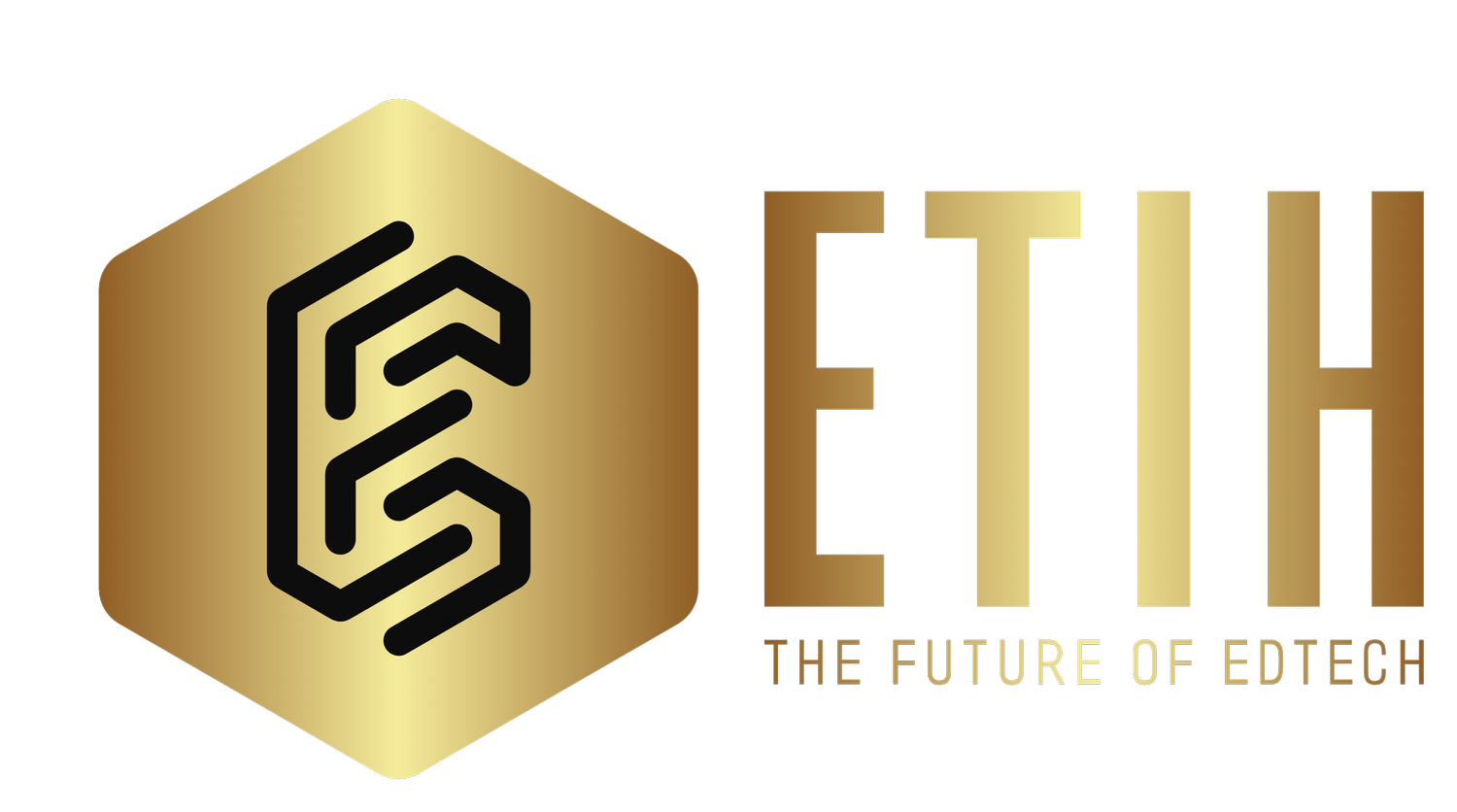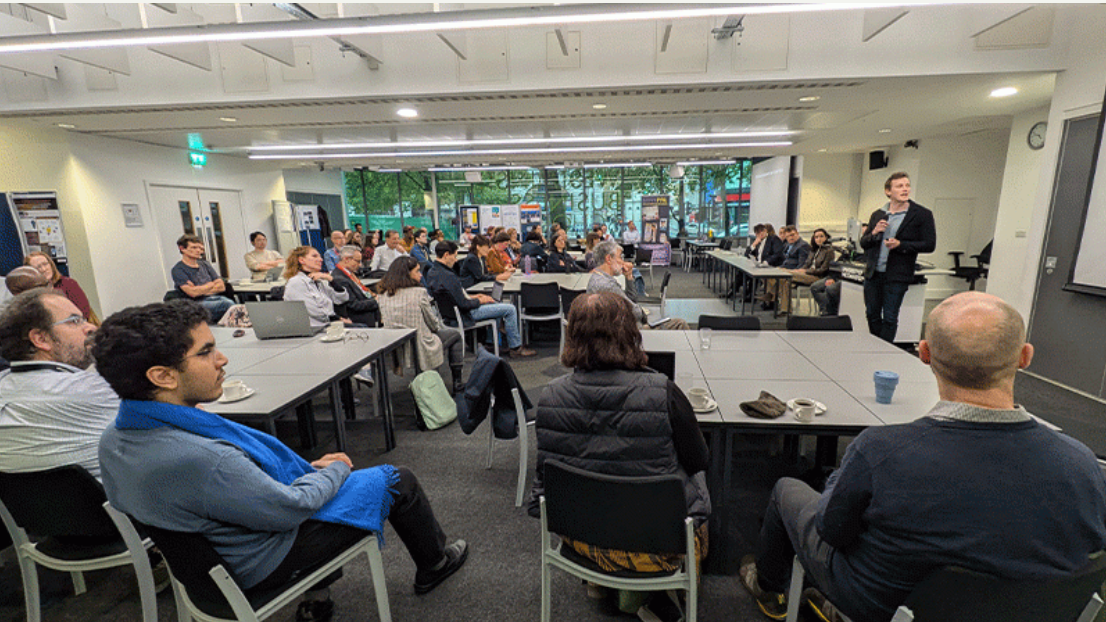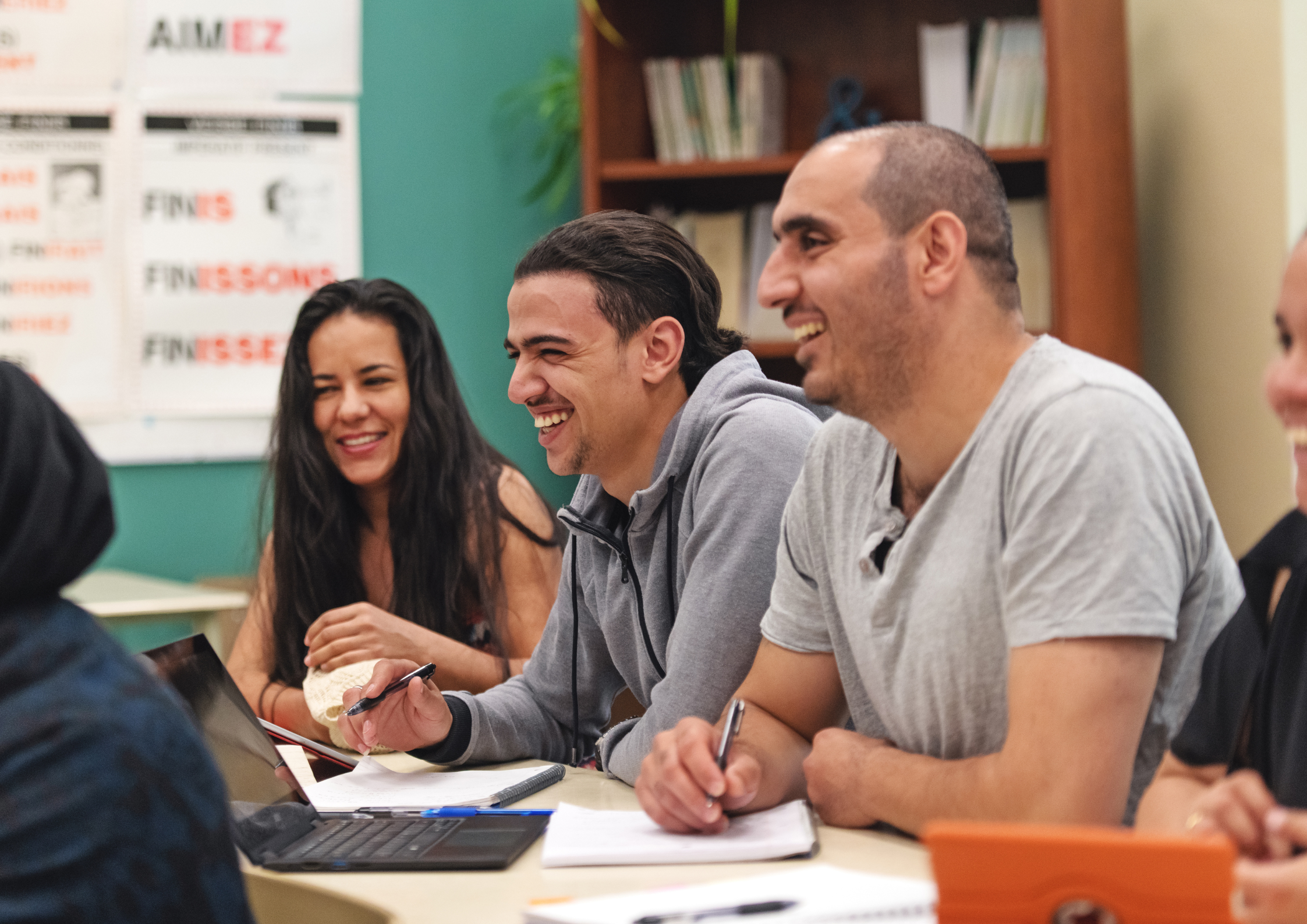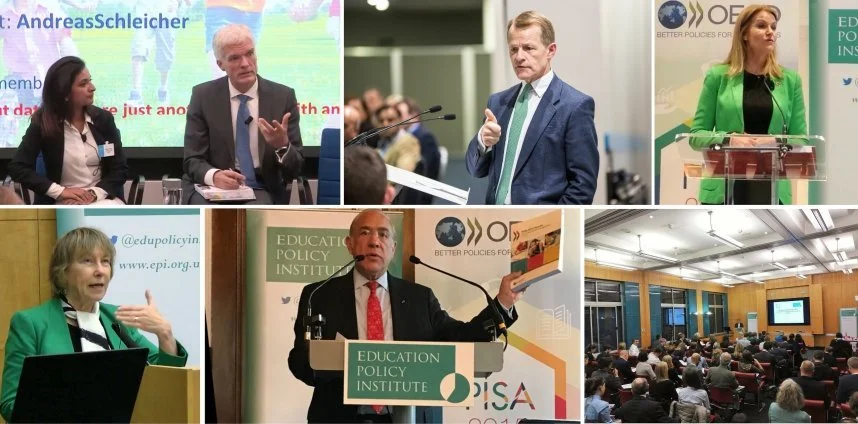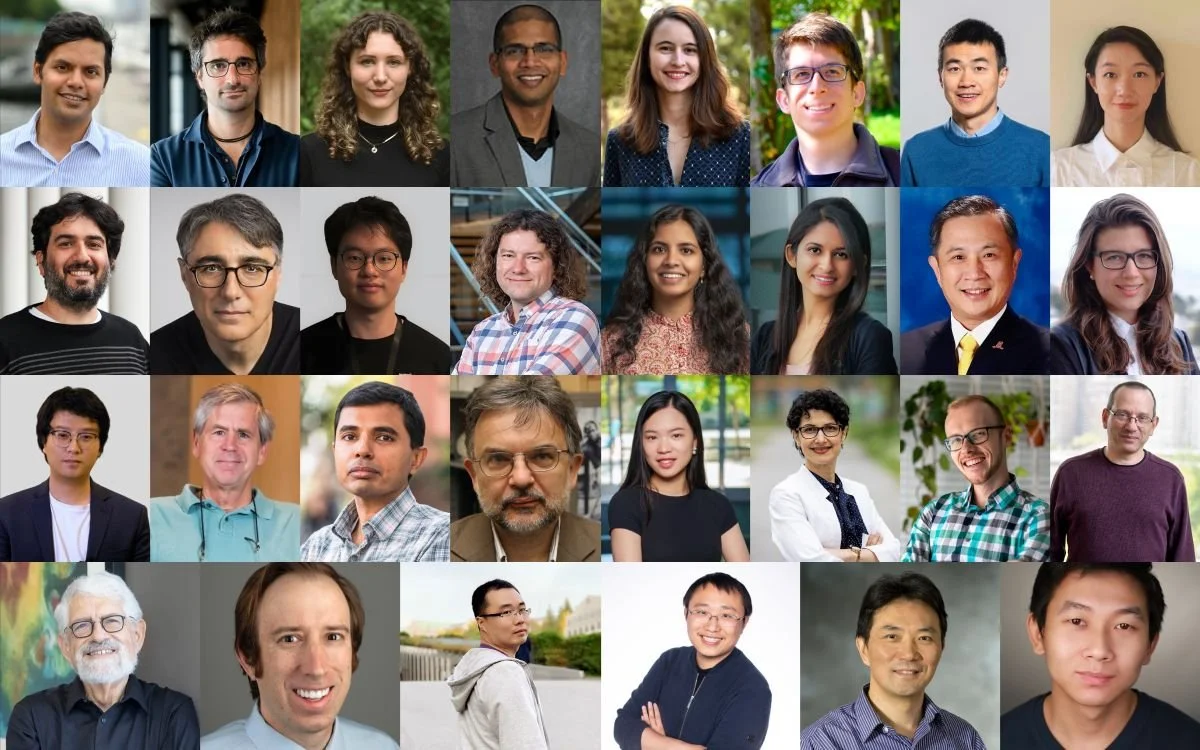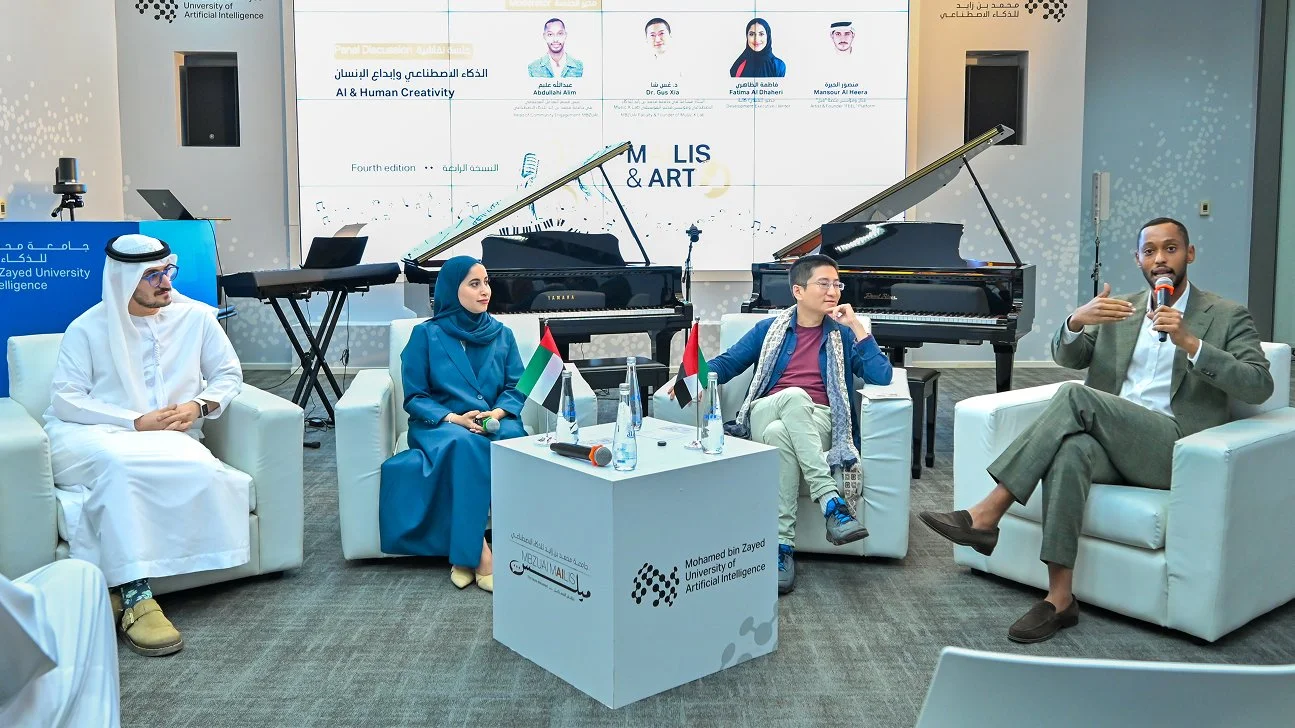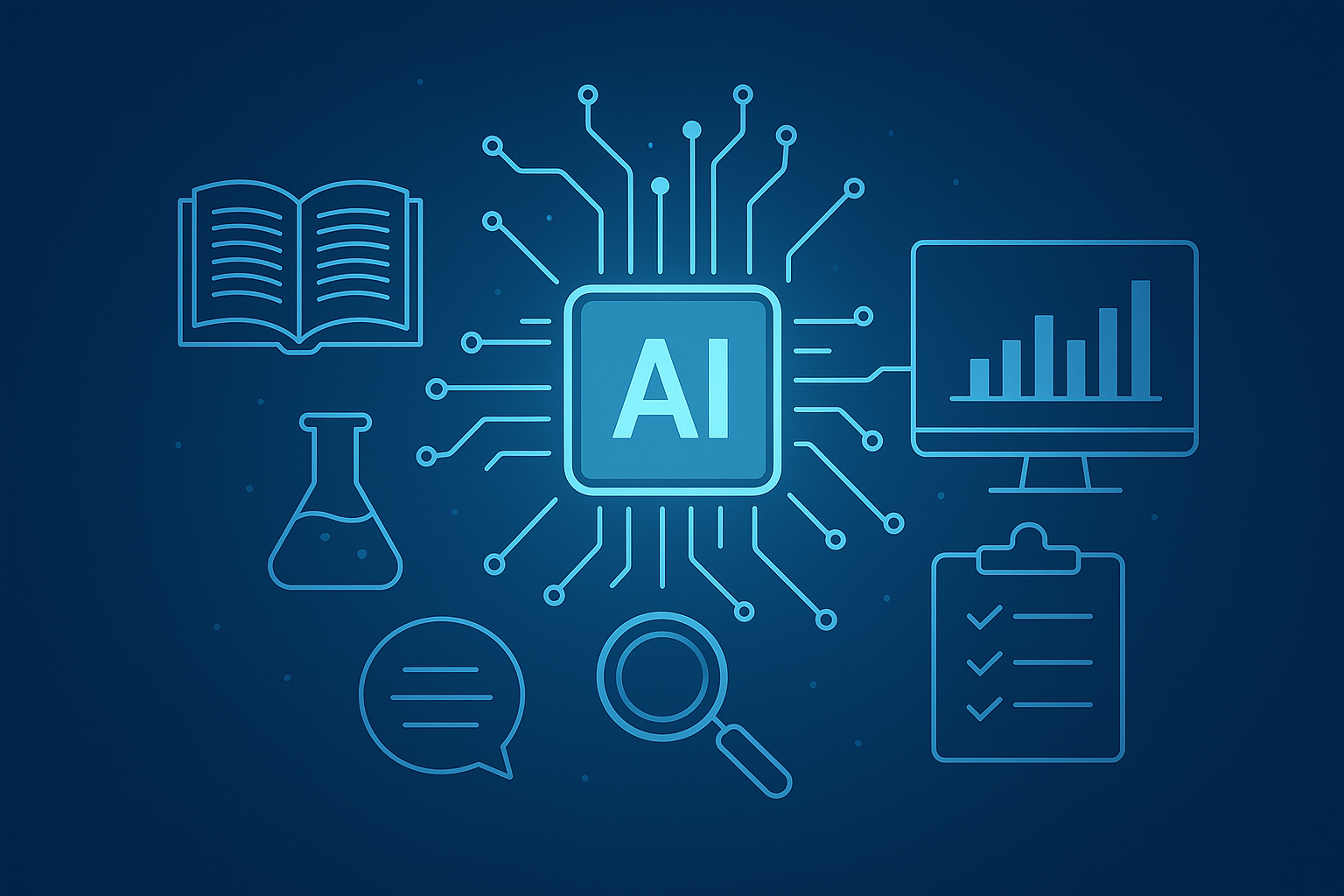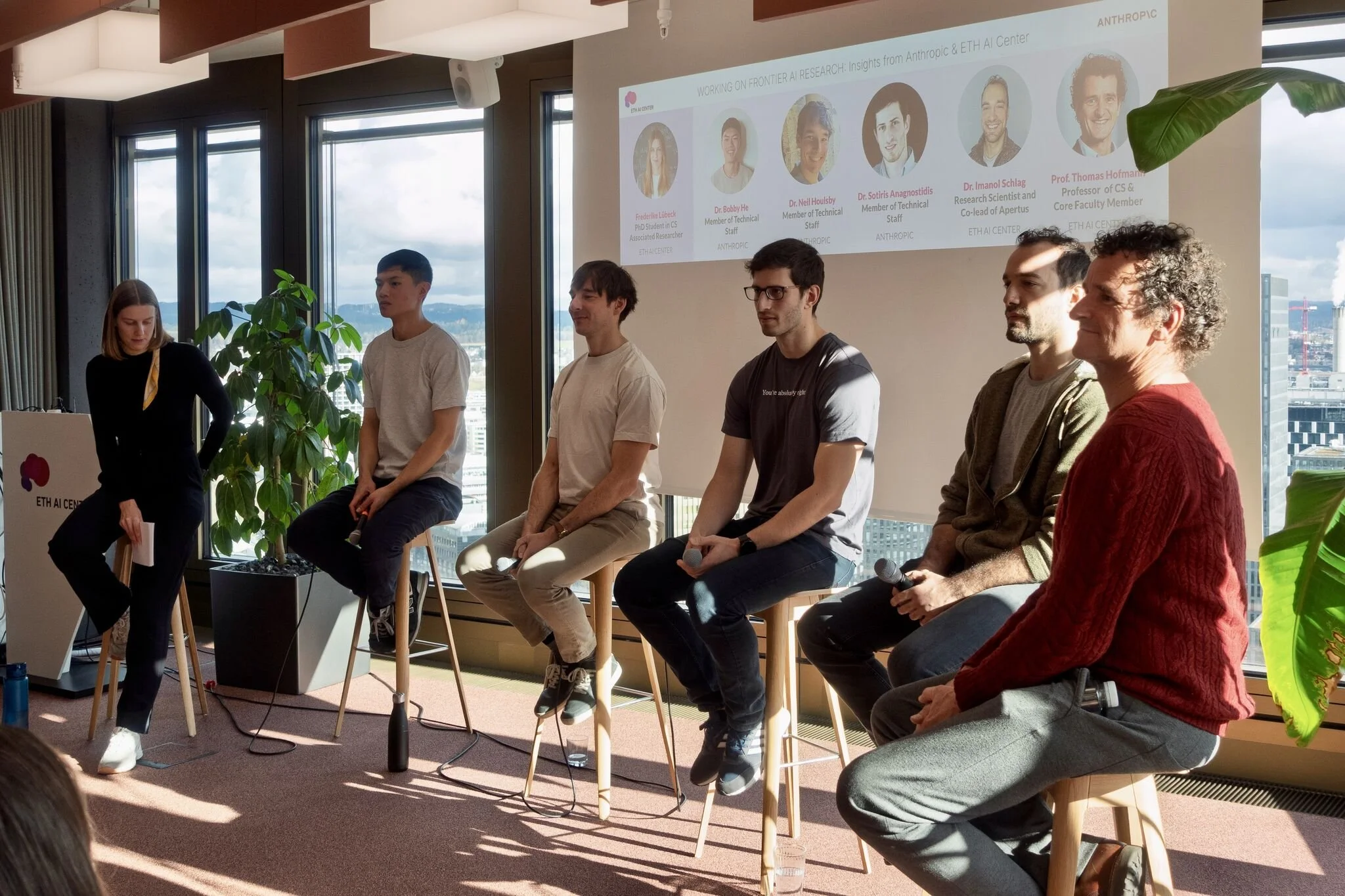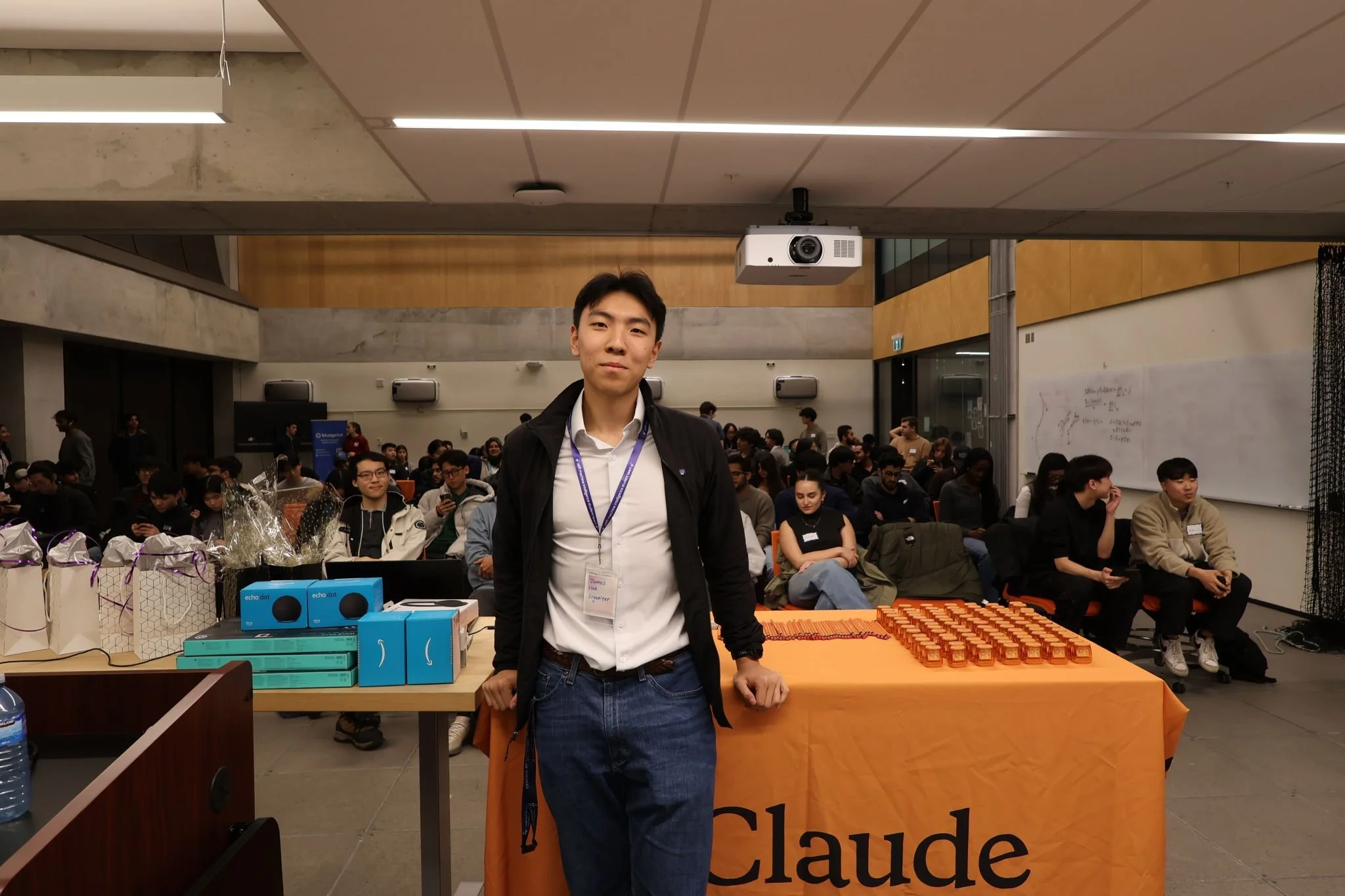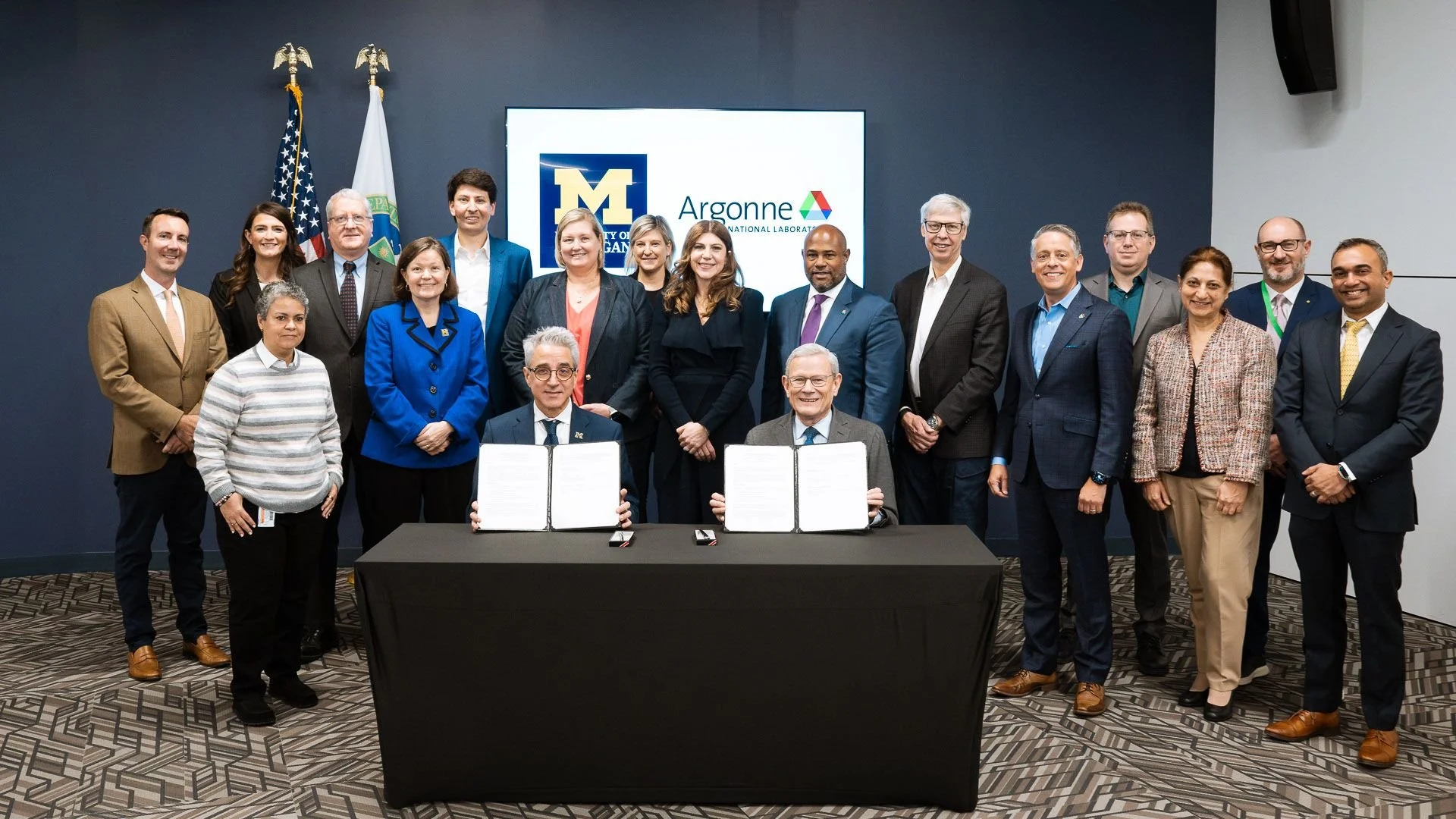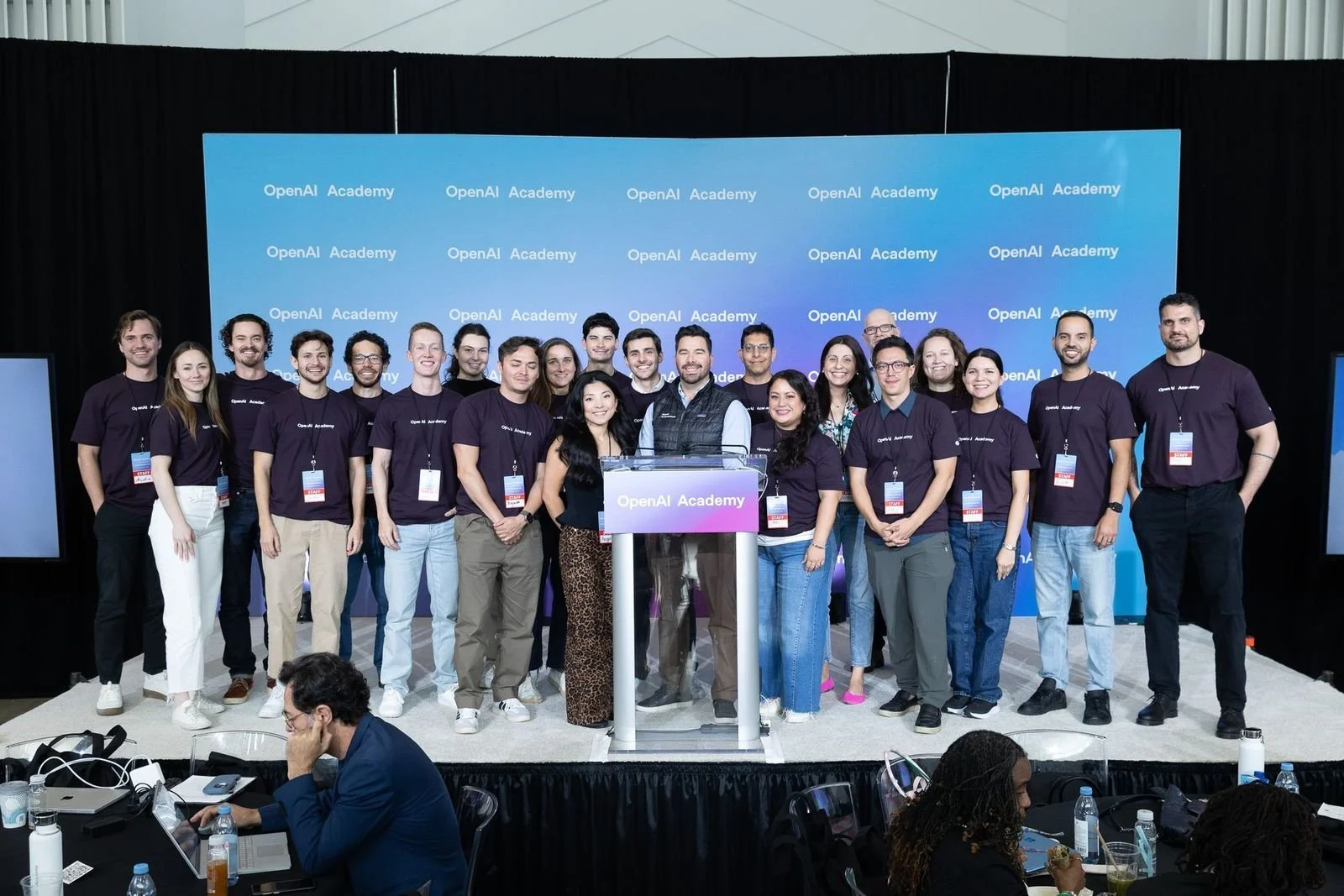Language learning app Preply warns AI could become ‘more of a crutch than a catalyst’ in language lessons
Preply is urging education leaders and policymakers not to bring AI into the classroom at the cost of real communication. Instead, the app says writing, speaking, critical thinking, and cultural fluency must remain human-taught and an active practice.
Earlier this year, the White House’s “Pledge to America’s Youth: Investing in AI Education, a federal initiative promised expanded access to AI education for K–12 students across the U.S., aiming to prepare them for an AI-focused future.
The trend for AI in language learning is a particular trend, with searches for “ChatGPT translator” reaching 159,000 searches each month.
In May, popular language learning app Duolingo announced it was moving toward an ‘AI-first,’ model and the CEO announced the company would stop working with contractors on any tasks that could now be completed by AI.
Anna Pyshna, spokesperson at Preply, comments: “For subjects rooted in expression like writing, language learning, and storytelling, AI can quickly become more of a crutch than a catalyst. As students rely on chatbots to generate responses, complete assignments, or mimic conversations, the risk isn’t just misuse. It’s lost growth.
“We’re seeing students turn to AI not just for help but to replace the hard parts of communication. That’s deeply problematic in language education, where fluency requires emotional intelligence, empathy, and culture. These are all things AI cannot teach.”
Preply says educators are increasingly seeing conversations practiced with chatbots and writing shaped by algorithms rather than human thought. It says this has created a new challenge for educators and a host of students that are fluent at prompting but not at expressing.
“Language learning is inherently human. Real progress happens in the messy, uncomfortable space of misunderstanding and correction. No technology can replace that. At best, it can support it,” Pyshna adds.
Preply is calling on the U.S. government to put clearer frameworks in place on the use of AI in education. It suggests a blended model that uses AI to support grammar and vocabulary drills, but keeps human-led interaction at the heart of storytelling and conversation skills.
Pyshna concludes: “For superintendents, curriculum leads, and education policymakers, this is a critical moment. As AI tools rapidly enter the classroom, decisions made now will shape how future generations think, speak, and relate to one another.
“AI can be a powerful ally, but communication, especially in an increasingly multilingual and multicultural world, remains a deeply human skill. We encourage education leaders to make space for both: innovation with intention, and technology that complements, not replaces, the power of human expression.”
